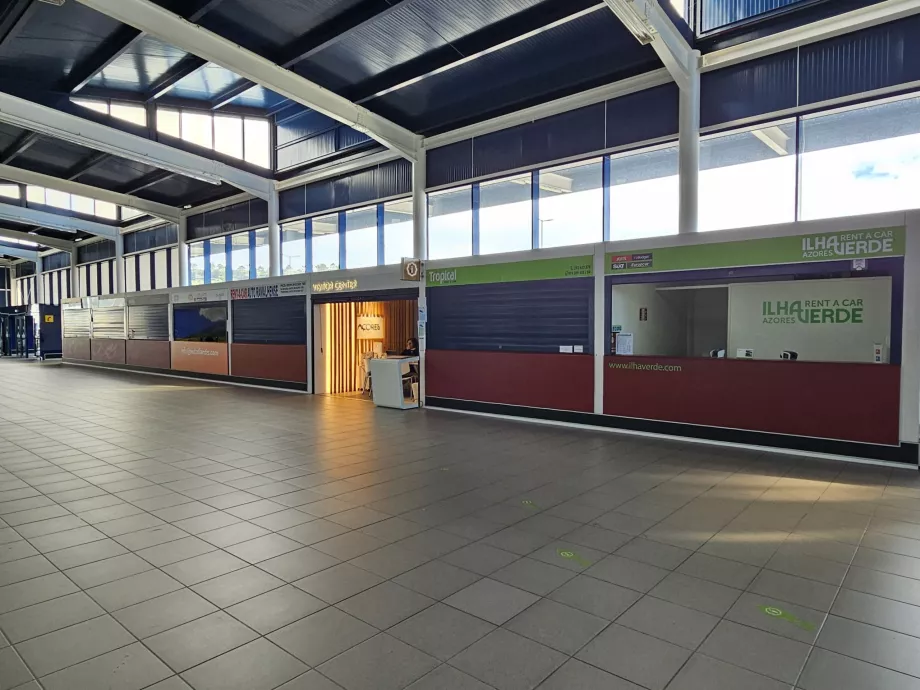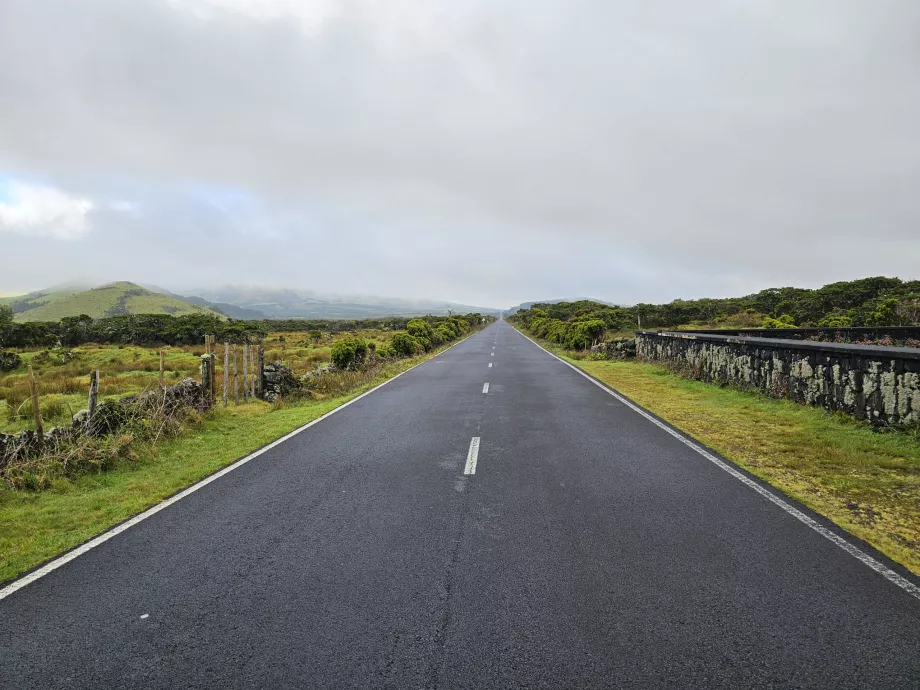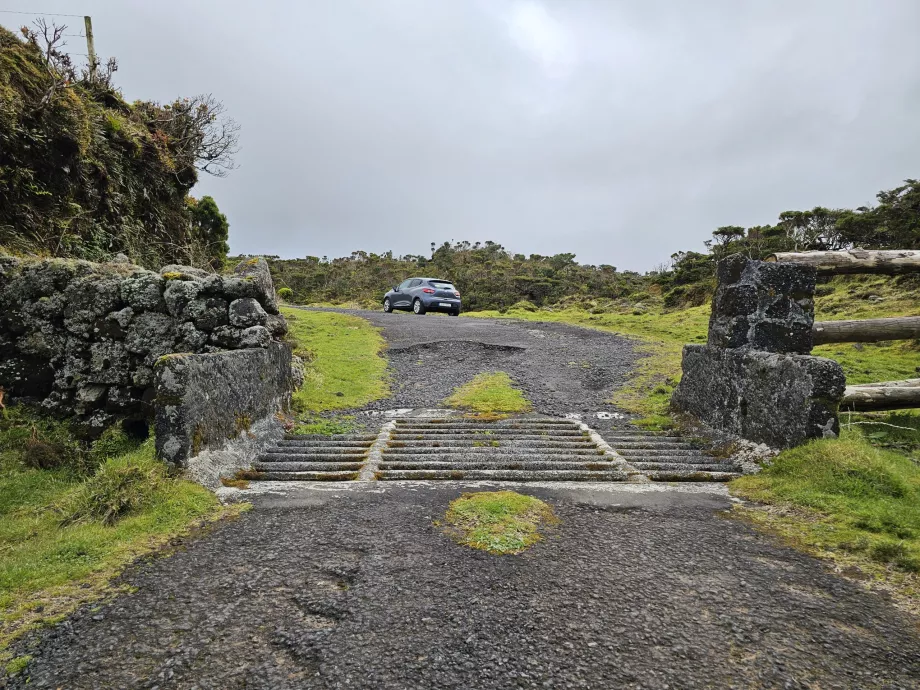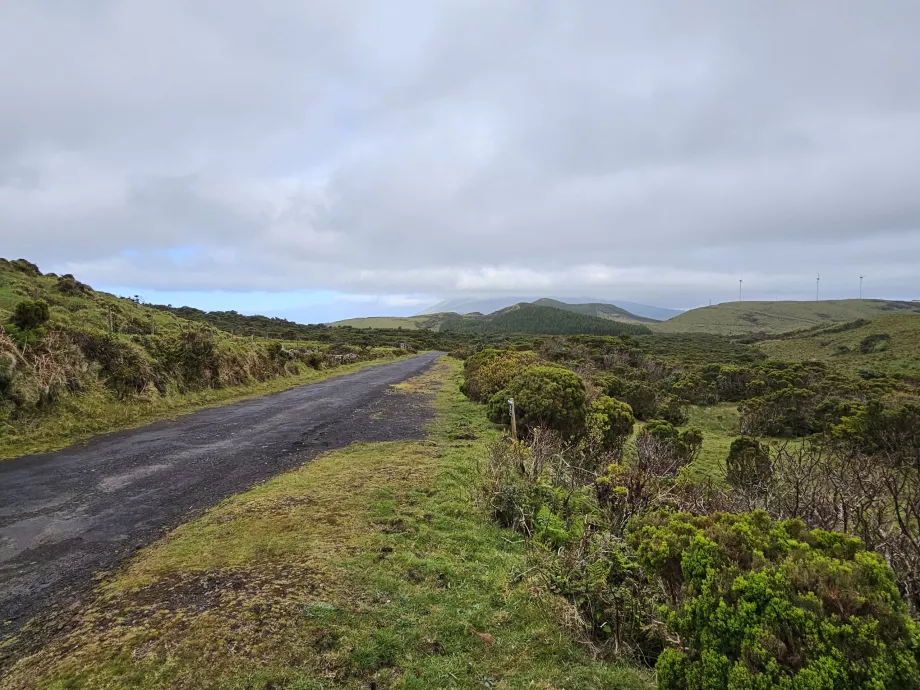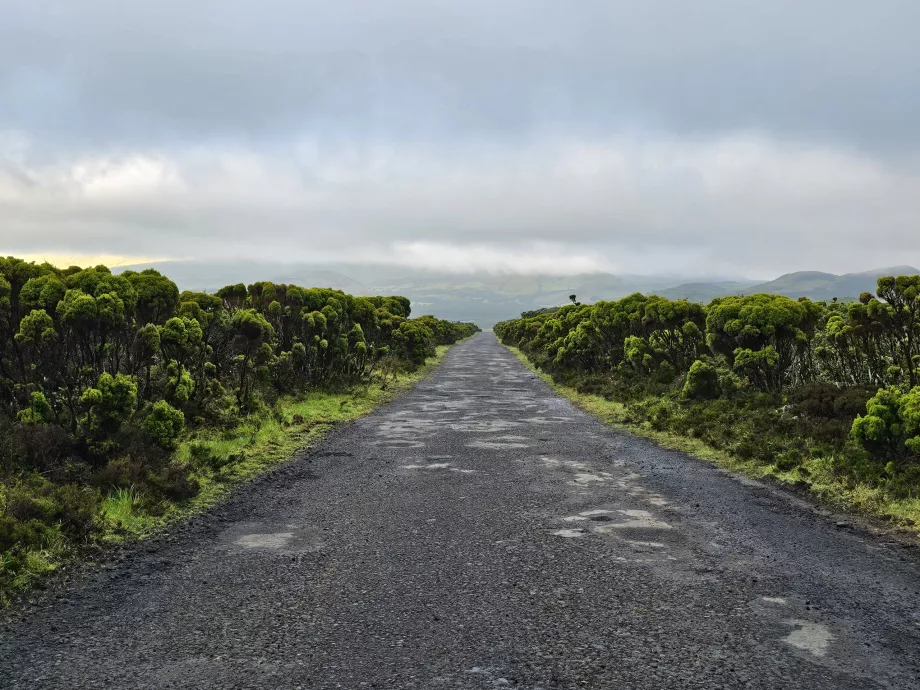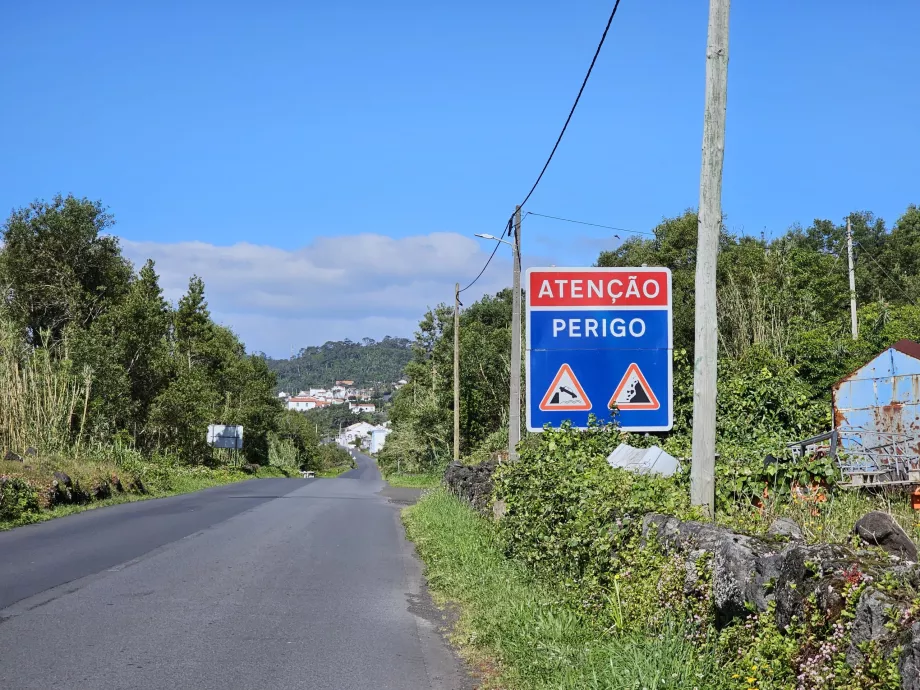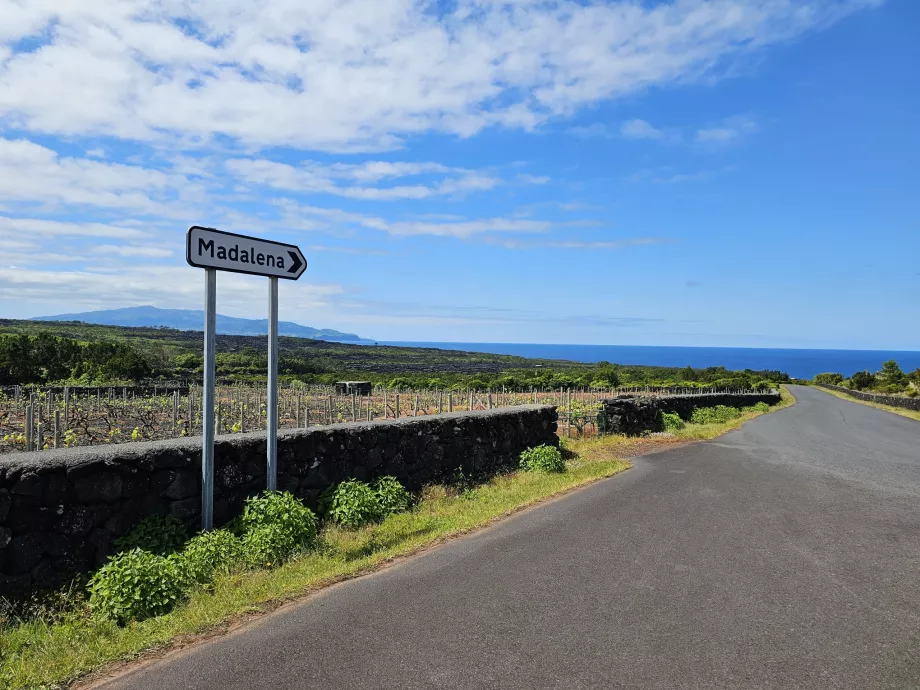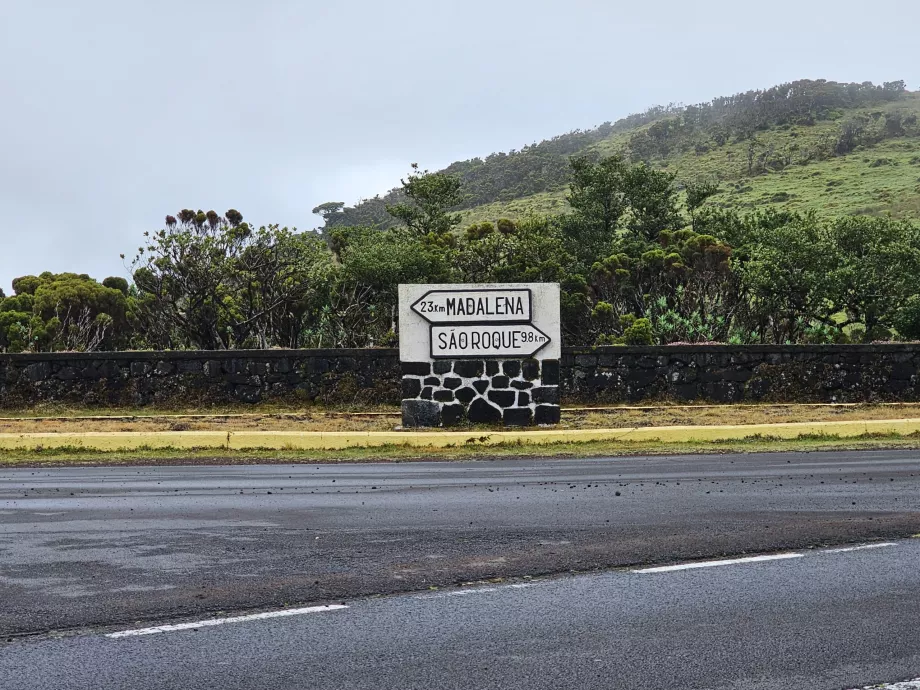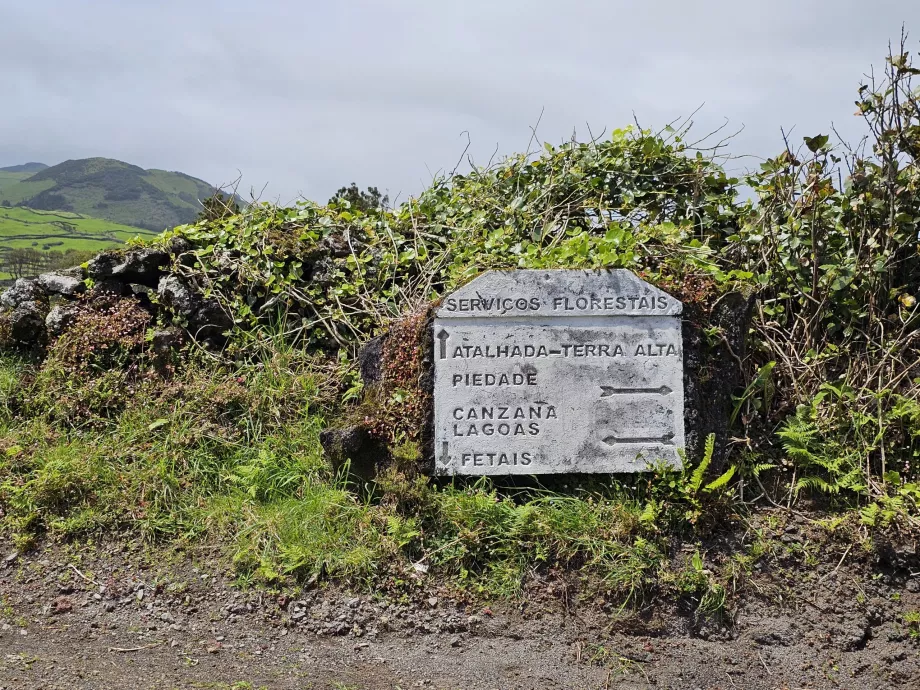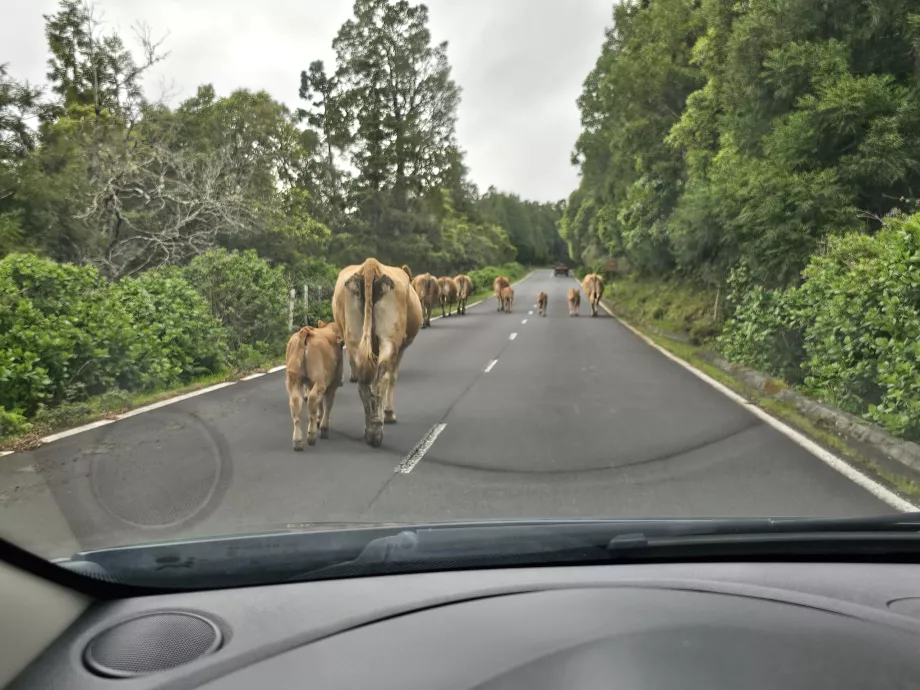Car rental in Pico

As in its home country of Portugal, it is also driven on the right.
Travelling around Pico by car is practically the only way to discover the whole island off the main road. In addition, buses only run 2-4 times a day along the coastal road.
How and when to book a car
There are several local rental companies on Pico, such as Ilha Verde or Autatlantis, but also larger international companies. Renting a car here is like in any other civilized country.
Nevertheless, it has the specificity of a car shortage. Book a car at least 2-3 months in advance, especially in the May-September period. Otherwise, you run the risk of having only very expensive large cars or vans left to book.
Book a car at Pico PIX Airport
We have had a particular good experience with Ilha Verde car rental.
Pico car rental prices
Car rental prices are relatively reasonable if you book at least 3 months in advance.
In Pico, you can rent a car directly at the Pico PIX airport or in the town of Madlena, where most car rental companies have their headquarters.
Prices also vary according to the season.
- Weekly rental peak season (June to August): from 600 eur for the smallest car and up to 1 200 eur, if you book less than 2 months in advance
- Weekly rental off-season (July to November): from 240 eur for the smallest car
- Compare Pico PIX airport rental prices
- Compare rental prices in Madalena
Prices for larger SUVs are up to 3 times that of the smallest cars.
As elsewhere in the world, the longer the rental period, the lower the price per day.
In addition, it is advantageous to book a car at least 2-4 months in advance. Conversely, if you book for more than 7 months, you will see fewer offers and it pays to wait.
International driving licence and other documents
Pico is part of the European Union, so there is no need for an international driving licence. The rental company will also accept a national driving licence from any EU country.
In case you hold a driving licence from a non-EU country, Norway, Switzerland or Iceland, get an international driving licence with your licence.
Car rental companies usually require a credit card to rent, and will often rent to a debit card, but either on less favourable terms or with a very high deposit often exceeding even 1 200 eur (e.g. Ilha Verde).
Petrol prices and petrol stations
Petrol is quite expensive on Pico. European units of measure are used here, so all prices are per litre.
Petrol prices range from 1,65 eur to 1,85 eur per litre.
How do petrol stations work in Pico?
You will find petrol stations exclusively along the main ring road in several locations. The nearest petrol station to the airport is in the town of Bandeiras.
The larger petrol stations tend to be manned during the day. This means that you drive up to a petrol stand, fill up yourself with as much petrol as you need and go inside the shop to pay the resulting amount.
Outside of opening hours or at smaller petrol stations, the operation is completely self-service. You first select on the screen the maximum amount you want to pay for petrol or the 'full tank' option. You insert your credit card and go to fill up.
Once you've filled up, your card is automatically charged the appropriate amount.
Road quality and road markings
The quality of the roads on Pico is one of the worst in the Azores.
The main road around the island is repaired and well signposted, but most of the secondary roads (outside of the larger villages) are in pretty poor condition.
Inland, the main road connecting the towns of Lajes do Pico and Sao Roque do Pico is in very good condition, as is the longest stretch of straight road in the whole of the Azores - the Estrada Longitudinal.
The absolutely straight stretch without a single curve on this road is over 9 km long.
The secondary roads in the interior, on the other hand, are in absolutely terrible condition. The Estrada Transversal (Caminho das Lagoas) is still passable for all types of cars, but here you have to watch out for large potholes and a complete lack of longitudinal markings.
The roads in the west of the island are also usually passable with care for all types of cars, but the mountain byways in the east and south can surprise you with potholes so big that you can't pass them without a 4x4.
All signs are European in format and additional signs are in written Portuguese only. What do the most common phrases on the signs mean?
- Piso em mau estado - Road in poor condition
- Atenção - Caution
- Miradouro - Viewpoint
- Perigo - Danger
Traffic regulations
On the island of Pico, drive on the right.
Drivers are quite considerate and it is quite common to let cars coming off the side roads onto the main road.
You don't have to worry about dangerous fast driving or nervous overtaking if you drive more carefully than the locals.
Speeds
Speeds are measured in kilometres per hour and the maximum speed limits are as follows:
- In built-up areas - 50 km/h (approx. 32 mph)
- Outside a built-up area - 80 km/h (approx. 50 mph)
Priorities and roundabouts
At junctions not controlled by traffic lights or signs , right of way applies.
Roundabouts are common, where the car travelling on the roundabout always has the right of way. You signal before entering a roundabout as if you were approaching a normal junction, i.e:
- I am leaving the roundabout at the first exit - blinking right
- Leaving the roundabout by the second exit (or the first if directly opposite) - do not flash
- Leaving the roundabout by the last exit - flashing left
When you are already on the roundabout, you always flash right just before leaving the roundabout.
Alcohol, seat belts and talking on the phone
Wearing seat belts is compulsory and talking on the phone while driving is strictly forbidden. Earphones are not allowed either.
In Portugal, the blood alcohol tolerance for driving is up to 0.05%.
Density and specifics of traffic
Traffic density is low on Pico, especially off the main ring road around the island. However, don't expect traffic jams on this road either.
Directional signs along the main roads are of Portuguese standard, but the secondary roads are maintained by the forestry administration with completely different signs.
Outside the main ring road you must also expect cattle on the road. Sometimes you'll see just one stray cow and sometimes a whole herd, which is being ferried across the road in an organised manner by farmers.
Follow their instructions and drive alongside the herd at a very low speed.
Parking
Parking is completely hassle-free on Pic. In towns, you'll always find free public parking, which is also common at roadside viewpoints.
Any questions left?
If you have any questions or comments about the article...

